Note that the products discussed on our site are independently selected by our editors. Your purchases through our recommendations may earn us a commission at no extra cost to you.

The ceiling fan that was once only a machine that would hang from the ceiling and continually keep on spinning for hours has today turned into a piece of modern equipment that is way more than its predecessors in terms of both functionality and aesthetics. Its job was then only to bring the must-have comfortable breeze on the hot summer days. But today’s ceiling fan’s functionalities go way beyond that – thanks to the innovative features that have become a part of the standard modern ceiling fan, tending to the needs of modern customers.
One such feature is the “reverse function”. This is a cool handy feature that allows the fan to rotate in either direction depending on your preference. And most modern-day ceiling fans will have it built into them. However, there’s a lot of confusion about this feature among the customers, especially the non-tech-savvy people. And because of that, we are going to talk about this feature in detail in this article.
Why Change Ceiling Fan Direction?
One might wonder, why change the direction of a ceiling fan? Like, I’m fine with my ceiling fan showering me with a cool breeze on a hot sunny day. That’s already good enough. Then why bother changing the direction? If you too have this same question, we have two easy answers – comfort and efficiency. Find details of both below.
1. Gives you more comfort
This applies more in the winter season. When you turn your heater or fireplace on to save yourself from the shivering cold of winter, a ceiling fan can bring some added comfort to your body in this situation. You must be knowing from those high school days that hot air rises, don’t you? That same phenomenon happens here as well. Your much-needed hot air, unfortunately, goes up and accumulates near the ceiling, leaving you in the cold. To solve this problem, take the help of a reversible ceiling fan. Let the fan slowly spin in the opposite direction, and it will gently pull the cold air from below and push the hot air down toward the floor. The result? An overall better circulation of hot air, which will make you feel much more comfortable.
The point is that this can only be achieved using a reversible fan due to its ability to produce upward airflow. In the opposite case where the fan pushes the air down, it will only make you feel colder! So, a reversible ceiling fan in the winter only means more comfort for you.
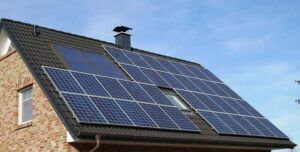
With the current hikes in the energy prices, it’s time to check out these excellent “energy-efficient” ways to heat your home to cut down on the electricity bills.
2. Cuts your electricity bills
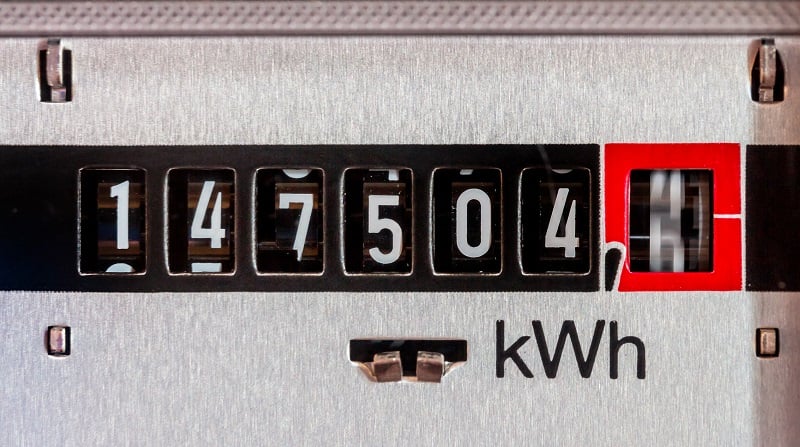
Another benefit of a reversible ceiling fan is that it can save you energy costs. This happens in both winter and summer. As we all know, an AC unit in the summer and a heater in the winter becomes a must-have companion on those days. However, these appliances need a lot of energy to operate, much more than a ceiling fan needs. Oftentimes, at least 15 to 20 times more. Imagine if you could reduce some of that energy usage with a ceiling fan operating only at a fraction of the former’s energy usage. That would be like catching a big fish with a tiny bait. Wouldn’t it?
The good news is, you can do exactly that! Want to know how?
In the summer, leave your ceiling fan running along with your AC unit. You will experience what is called the “windchill effect” due to the downward airflow from the ceiling fan. And it will allow you to turn up your thermostat a few degrees because you will be fine with the little hotter ambient temperature. This in turn will save you electricity bills.
In the winter, you can still take advantage of your ceiling fan to reduce energy costs. Leave your ceiling fan running at low speed in reverse direction alongside your fireplace or heater. The upward airflow will push the hot air near the ceiling to come toward the floor, as mentioned earlier. This will allow you to turn down your thermostat a few degrees, saving you electricity bills.
The savings (arguably) can be up to 8 percent in the summer and 20 to 30 percent in the winter, as reported by the University of Florida Cooperative Extension and the University of Arkansas. Find more about these two points here and here.
Take Precautions
Before you change the direction of your ceiling fan or even approach it, make sure to turn it off and wait for it to stop spinning completely. Approaching a ceiling fan while it’s spinning could be hazardous in that you could get hit by the spinning blades. Also, changing the direction of your ceiling fan while it’s spinning can actually burn the motor out. So, take necessary precautions! This is very important!
How to Change Ceiling Fan Direction

Most modern ceiling fans will have a dedicated switch located somewhere on the motor housing or inside the light globe that allows the reversing of the fan’s direction of rotation. Look into your manufacturer’s guide to find out where exactly is the reverse switch of your fan. If your ceiling fan has a built-in remote, look to see if there’s a dedicated button on it for the same purpose. Sometimes, it will be on the remote. Watch this video for a videographic demonstration.
Which Way Is Clockwise on A Ceiling Fan
This is an area where a lot of people seem to have a lot of confusion. All quite unnecessarily, as the term is very self-explanatory.
Still, if you can’t quite figure it out, follow me:
- Turn on your fan
- Stand directly under it, and look at it
- Imagine the fan as a giant clock
- The way the hands of the clock would turn is the “clockwise” direction. This explains where the term “clockwise” is coming from.
- And the opposite direction is, well, “counter-clockwise”.
The vast majority of today’s ceiling fans usually spin “counter-clockwise” and push air down. Reverse the direction to “clockwise”, and it will pull air up.
Which Way Should a Ceiling Fan Turn in The Summer?
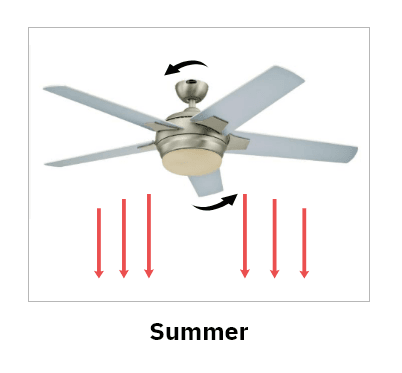
By this time, you should already have a clear understanding of which way to set your ceiling fan to turn in the summer. Still, if you want me to tell you, set it in the counter-clockwise direction, AKA “normal” direction. This is the right ceiling fan direction with air conditioning. This way the fan will push air down, giving you the refreshing feel of a natural outdoor breeze, but inside the house. And if you are using your ceiling fan with an AC unit, this will also allow you to turn your thermostat up a few degrees, saving you electricity bills.
Which Way Should a Ceiling Fan Turn in The Winter?

In the winter, you set your ceiling fan to turn slowly in the “clockwise” direction, opposite of the summer direction. This is the best ceiling fan direction with a fireplace or heater. This way, the fan will gently pull cool air up and push the hot air from near the ceiling, along the walls, toward the floor. So, there will be a better circulation of hot air inside the room, allowing you to turn your thermostat down a few degrees, saving you electricity bills. The whole point of reversing the direction is to avoid the “windchill effect” due to the downward airflow.
However, keep in mind that this applies only when you are using your ceiling fan alongside any kind of heat generation going on, be it with a fireplace, an electric heater, or something else. If you are not generating heat, the benefits of running a ceiling fan in the winter in that case will be pretty much zero.
What Direction Ceiling Fan to Cool
You need to set your ceiling fan to spin in the counter-clockwise direction if you want to cool your body with a comforting breeze. You need to, however, keep in mind that ceiling fans don’t actually cool the temperature of your room. They rather circulate air around the room and your body which makes you “feel” cooler. This is the same effect you’d find in a natural breeze outside under the shade of a tree on a cool sunny day, and is known as the “windchill effect”.
The Bottom Line
There you have it. We hope our ceiling fan direction for summer and winter guide has cleared all your confusion. Now you should be able to teach others about ceiling fan direction!
What to do next?
Grab a cool-looking ceiling fan if you don’t have one around and try its reverse function!
Next Up
Wondering how ceiling fans work? Here’s that.
Here’s how to install a ceiling fan properly.
Check out some great ceiling fan recommendation from Kichler, Hunter, Prominence Home, and Minka Aire.
Wondering if your ceiling fan will fall on your head? Here’s about that. How safe or dangerous they are? Here’s that.
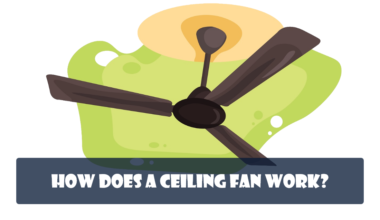
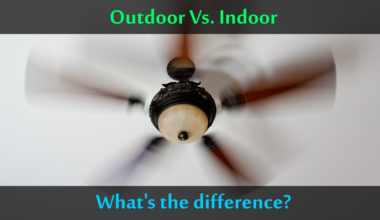



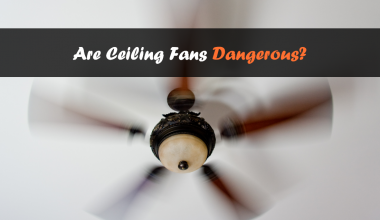

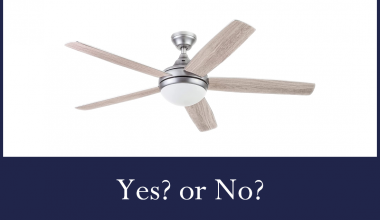
Conversation
No Comments here